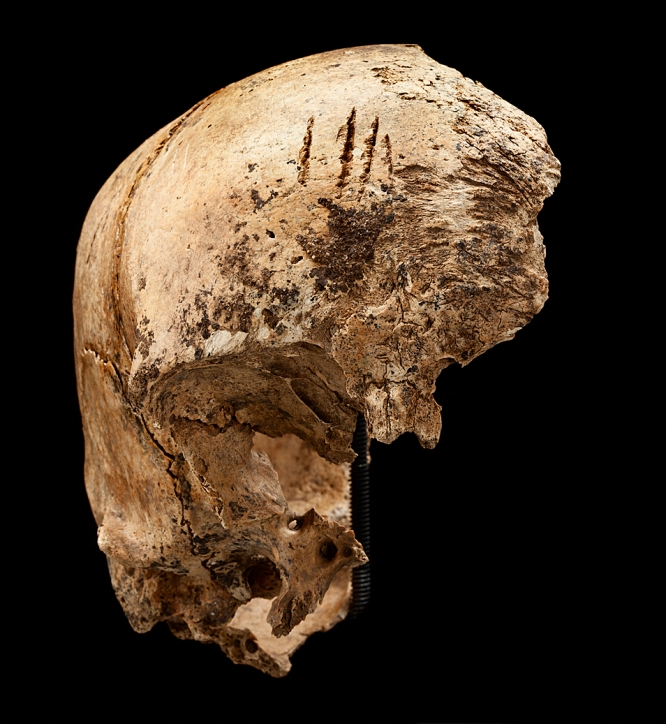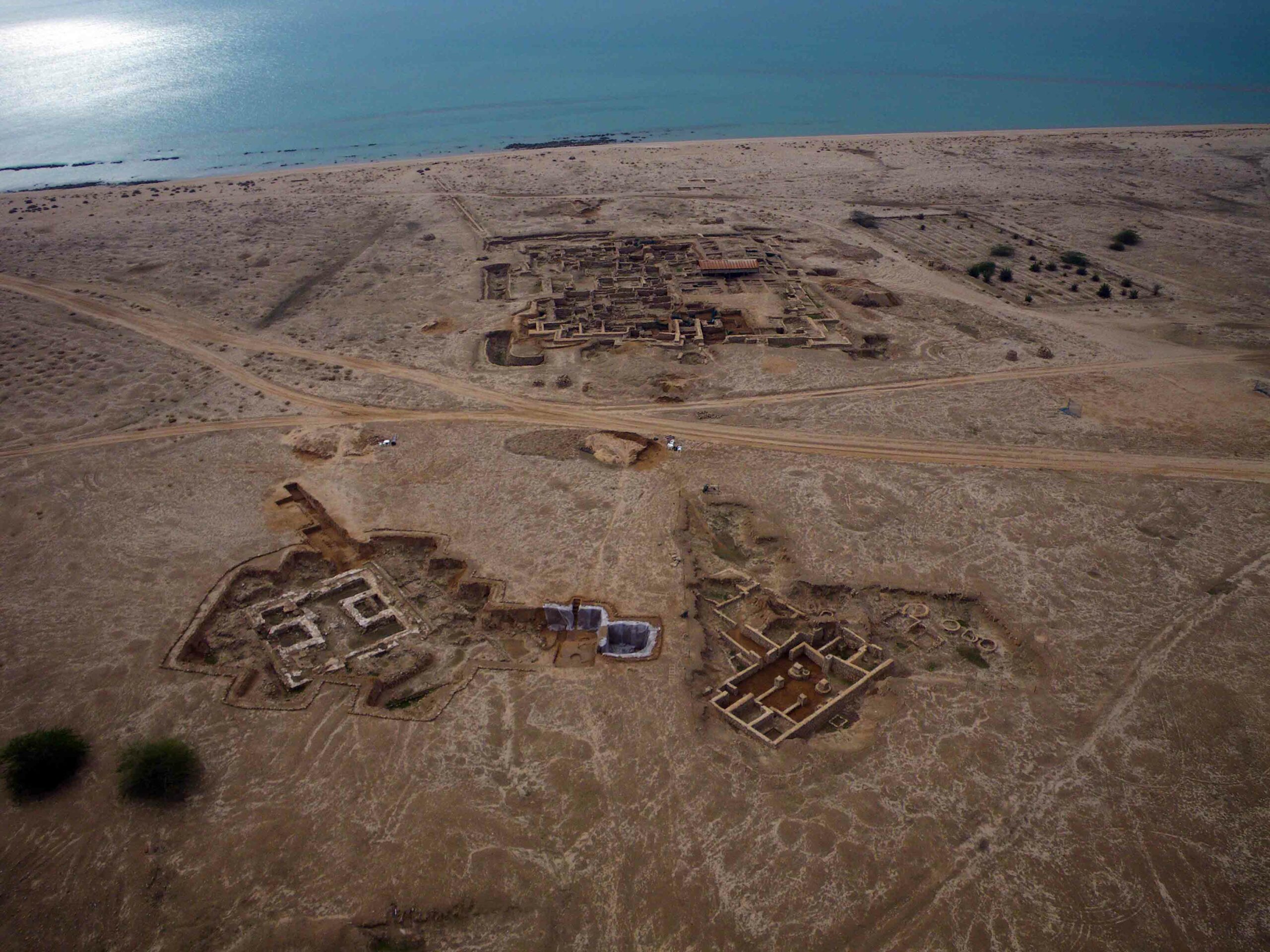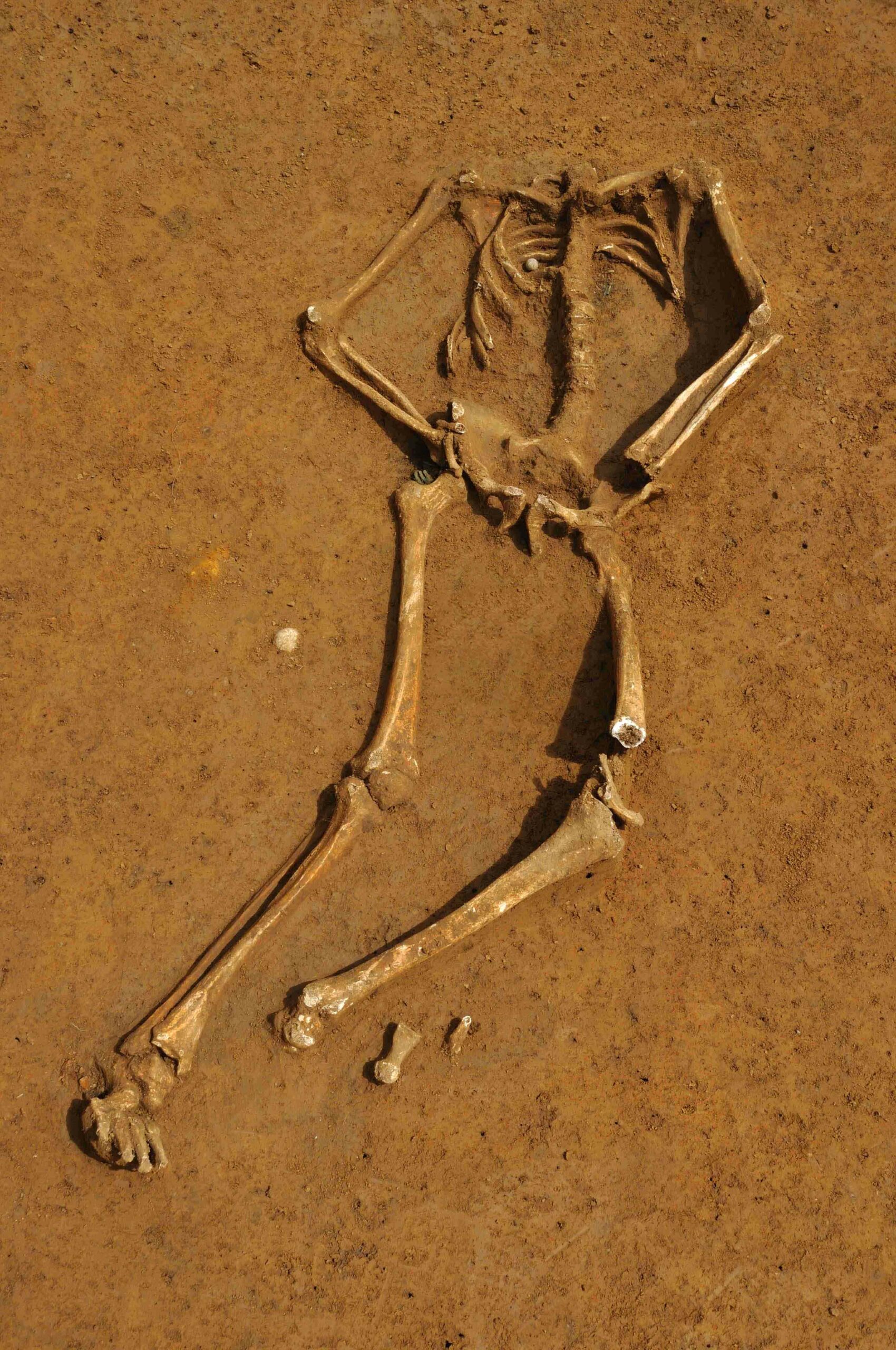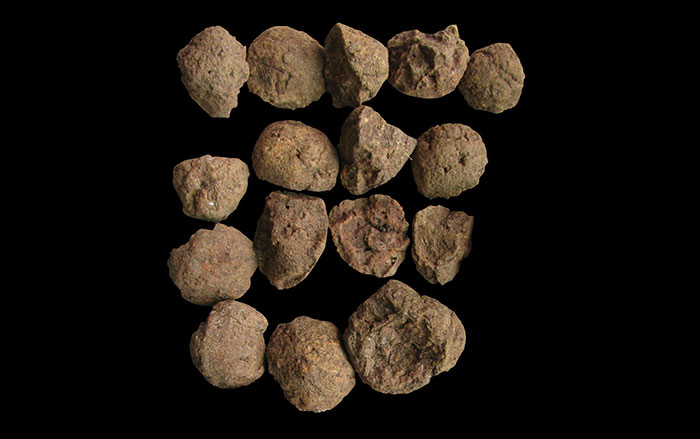
WASHINGTON, D.C.—Human bone fragments have been found among the butchered remains of dogs, cats, and horses at Jamestown. An examination of the bones suggests that during the winter of 1609, known as the “Starving Time,” colonists were forced to resort to eating the body of a 14-year-old girl. “The chops to the forehead are very tentative, very incomplete. Then, the body was turned over, and there were four strikes to the back of the head, one of which was the strongest and split the skull in half. A penetrating wound was then made to the left temple, probably by a single-sided knife, which was used to pry open the head and remove the brain,” said forensic anthropologist Douglas Owsley of the Smithsonian Institution. Written accounts hint at cannibalism at the oldest permanent English colony in the Americas. According to lead Jamestown archaeologist William Kelso, these bones are the first direct evidence that it occurred.










